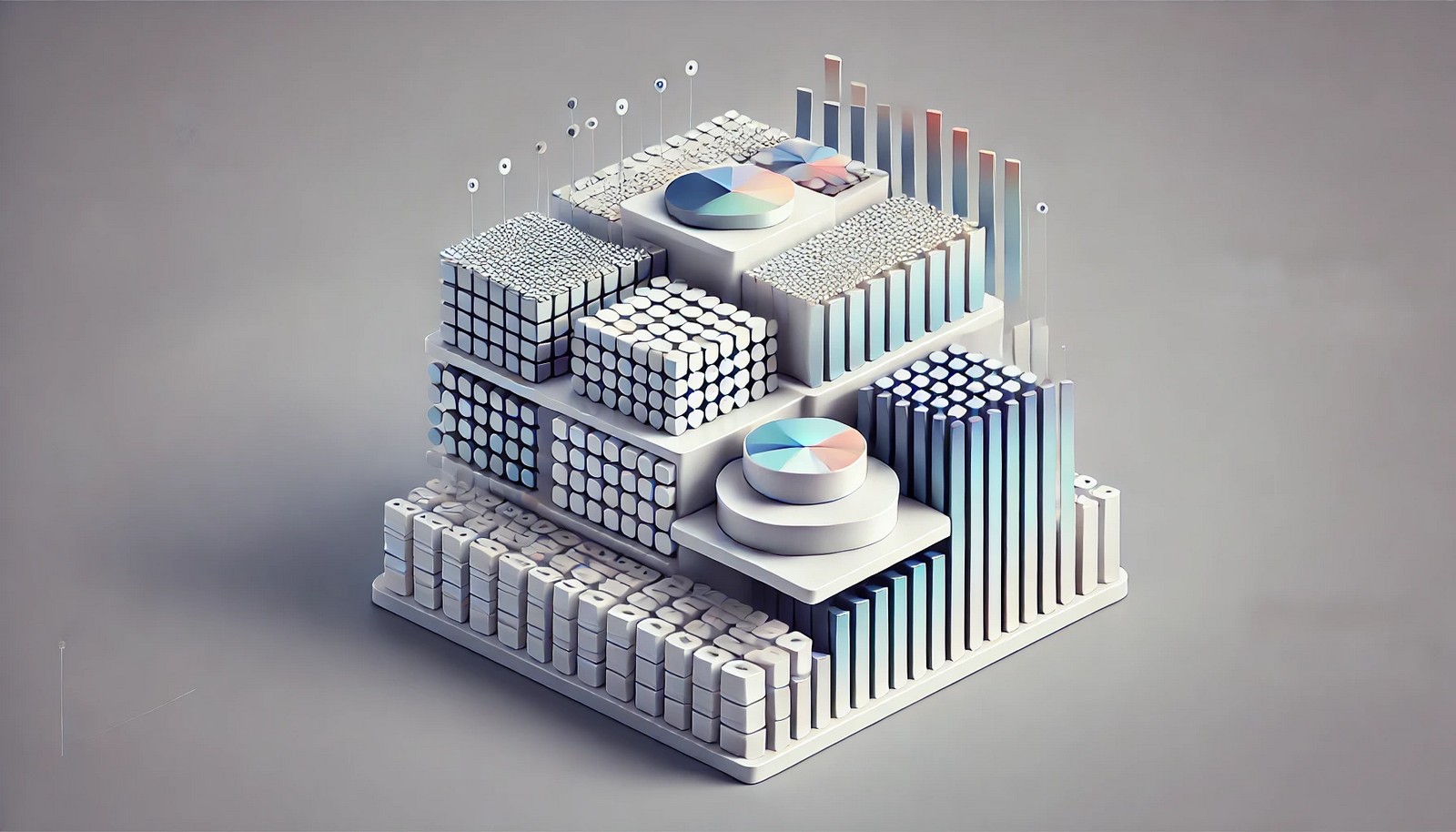Gradient Accumulation

Quick Navigation:
- Gradient Accumulation Definition
- Gradient Accumulation Explained Easy
- Gradient Accumulation Origin
- Gradient Accumulation Etymology
- Gradient Accumulation Usage Trends
- Gradient Accumulation Usage
- Gradient Accumulation Examples in Context
- Gradient Accumulation FAQ
- Gradient Accumulation Related Words
Gradient Accumulation Definition
Gradient accumulation is a technique in deep learning where gradients are computed and stored across multiple mini-batches before updating model parameters. This method enables training on larger batch sizes than would fit in memory by dividing the batch into smaller, sequential mini-batches. The accumulated gradients are applied after processing a full batch, thereby optimizing memory use on hardware with limited resources and allowing for efficient training without altering the convergence behavior of the model.
Gradient Accumulation Explained Easy
Imagine you're solving a big puzzle but don’t have a table large enough to hold all the pieces at once. So, you work on small sections and save your progress as you go. Once you've completed all sections, you bring them together to see the whole picture. Gradient accumulation is similar—it processes smaller parts of the data, saving what it learns each time, and then uses that combined information to update the AI model.
Gradient Accumulation Origin
This technique arose as deep learning models became more complex and memory constraints became a bottleneck in training on large datasets. Gradient accumulation emerged as a workaround to utilize available hardware effectively, especially for models needing large batch sizes but constrained by GPU or CPU memory limits.
Gradient Accumulation Etymology
The term “gradient accumulation” reflects the process of accumulating gradients over multiple steps instead of performing single-step updates.
Gradient Accumulation Usage Trends
With the rise of high-complexity neural networks in natural language processing and computer vision, gradient accumulation has become popular for training these models on consumer-grade hardware. It’s frequently used in contexts where model training would otherwise be limited by hardware constraints, enabling broader accessibility to powerful model architectures.
Gradient Accumulation Usage
- Formal/Technical Tagging:
- Deep Learning
- Model Optimization
- Memory Management - Typical Collocations:
- "gradient accumulation strategy"
- "accumulating gradients"
- "large batch gradient accumulation"
- "training efficiency with gradient accumulation"
Gradient Accumulation Examples in Context
- In deep learning, gradient accumulation enables models like GPT to train on large text corpora even on hardware with limited memory.
- Gradient accumulation is essential for training large models in NLP applications where batch sizes typically exceed memory capacity.
- By using gradient accumulation, researchers can work with larger datasets and model architectures without needing high-end GPUs.
Gradient Accumulation FAQ
- What is gradient accumulation?
It’s a technique where gradients are stored across several mini-batches and then used to update the model parameters once the full batch is complete. - Why is gradient accumulation useful?
It allows training on larger batch sizes than a device’s memory would normally permit. - How does gradient accumulation work?
Gradients are calculated for mini-batches, saved, and only applied once all gradients in a batch are accumulated. - What hardware benefits from gradient accumulation?
Devices with limited memory, such as older GPUs, benefit by enabling training on larger models. - Is gradient accumulation specific to any field?
It’s widely applicable in deep learning, particularly in natural language processing and computer vision. - Does gradient accumulation affect model accuracy?
No, it typically doesn't affect accuracy since it doesn’t alter the model's final gradient but optimizes memory use. - Is gradient accumulation the same as batch normalization?
No, batch normalization normalizes data, while gradient accumulation manages memory by accumulating gradients. - Does gradient accumulation slow down training?
It can increase time per epoch due to more frequent gradient calculation, but it enables the use of larger models. - How does gradient accumulation differ from gradient descent?
Gradient descent updates parameters immediately, while gradient accumulation delays updates by aggregating gradients over multiple steps. - Can gradient accumulation be combined with other optimizations?
Yes, it’s often used alongside techniques like mixed-precision training to maximize hardware efficiency.
Gradient Accumulation Related Words
- Categories/Topics:
- Deep Learning
- Machine Learning
- Model Optimization
Did you know?
Gradient accumulation enables high-level AI models, like those used in self-driving cars, to process data effectively without needing prohibitively expensive hardware. By breaking training down into memory-efficient steps, AI engineers can leverage gradient accumulation to develop more advanced AI systems accessible to a wider range of research institutions and companies.
PicDictionary.com is an online dictionary in pictures. If you have questions or suggestions, please reach out to us on WhatsApp or Twitter.Authors | Arjun Vishnu | @ArjunAndVishnu

I am Vishnu. I like AI, Linux, Single Board Computers, and Cloud Computing. I create the web & video content, and I also write for popular websites.
My younger brother, Arjun handles image & video editing. Together, we run a YouTube Channel that's focused on reviewing gadgets and explaining technology.



Comments powered by CComment